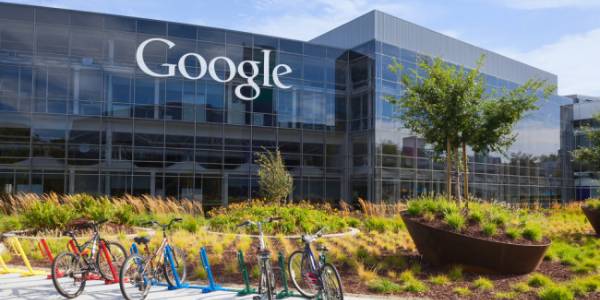Google blogger

Keeping up with the amount of SEO news and information that comes out every week could easily be a full-time job in itself. Therefore, you need a place to go where an experienced SEO assembles the news you most need to know, as well as the articles, reports and features that you should probably read if time permits.
In a two-part, twenty minute video interview with Google’s WebSpam lead engineer, Matt Cutts, WebProNews ask Cutts about a range of issues important to SEOs.
Most Important Info From Interview:
Site Architecture – In addressing the issues revolving around sculpting a site with no follow in mind, Matt advises instead to concentrate on the site architecture, making sure to limit the number of sub-folders branching off from a top-level category (main menu navigation sections) in order to make a site more efficient for search spiders, and for the user. Basically, don’t bury your most important pages in subfolders; keep them close to their root page. This reconfirms one of the best techniques for building, updating and managing page for SEO and usability simultaneously.
Site Sculpting with No Follow
Matt does not recommend using NoFollow tags on internal pages as part of site sculpting process (often used to control distribution of link juice) and even discourages its use to trusted external sites you link to. However, he suggests the best use of the nofollow tag is to questionable third party sites. Therefore, it seems his bottom line is that nofollow is not all that useful, and has little affect on a site’s rankings.
However, that is counter to the findings that Rand Fishkin at SEOMoz discovered in 2008 after integrating nofollow tags in a site sculpting project for the SEOMoz website. It’s possible that Matt and Rand are talking about two different approaches to site sculpting with nofollow, and perhaps that is where the confusion lies. However, at the end of Rand’s article, he admits that site sculpting with nofollow for clients had mixed results.
Google Caffeine
Matt replies to questions of why Caffeine has only rolled out to only one data center, and the plans for the deployment to all data centers in the coming months. He debunks that consideration site speed is tied to Caffeine, and how much of impact it has on determining rankings, stating again that quality and relevancy of content is the key factor.
Site Speed Better For User Experience Than SEO
However, Cutts contends that in some cases, site speed may be a small consideration, but it “won’t be the largest of the 200 factors.” Rather, he points to studies from Google and Bing that clearly show users engage and frequent a site more, the faster it is. That’s clearly what many respected usability studies show as well.
Quality Content More Important Than PageRank
Matt talks about why webmasters and SEOs shouldn’t obsess about Page Rank (5:34) instead recommending that quality content (something Cutts has alluded to again and again for years and this interview – hint, hint) is where the focus should be, among what he tags the “over 200 signals” that impact search rankings; smart SEOs understand that Google indeed considers “over 200? factors when ranking a website/page for its targeted keywords.
Why PuSH Publishing Is Good For Everyone
Cutts describes the usefulness of deploying the PubSubHubBub (PUS) model. Basically, when a publisher of a site or blog posts new content, it pings a Hub, so that the subscribers to that site or blog’s feed, and other associated networks, will receive it almost instanteously. It’s already up and running for FriendFeed





